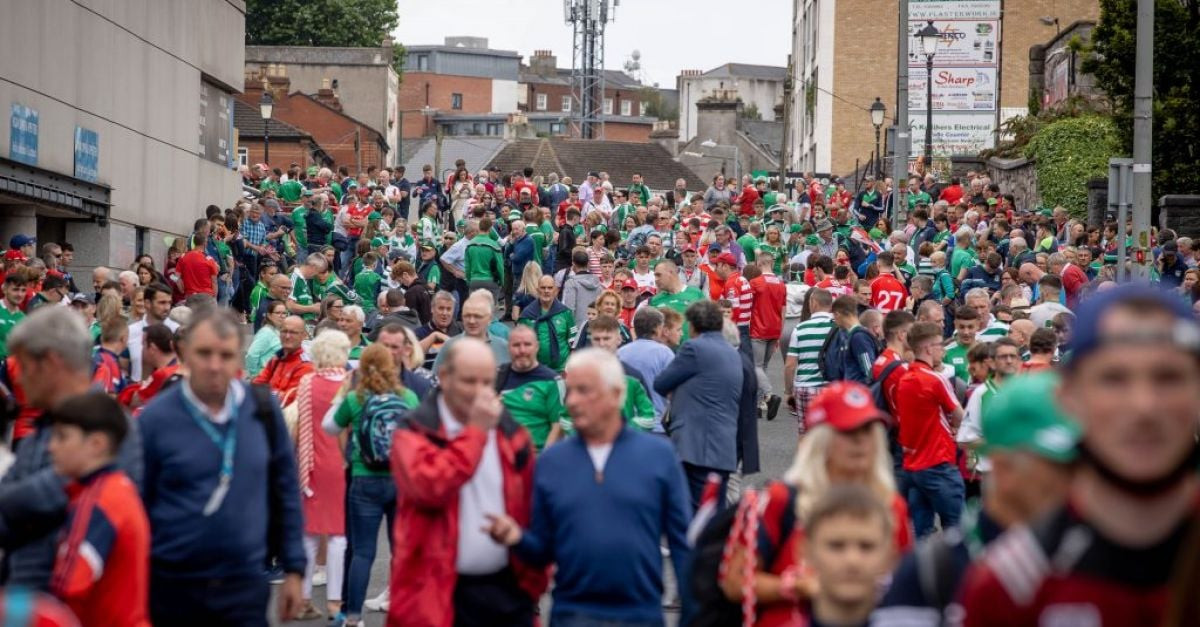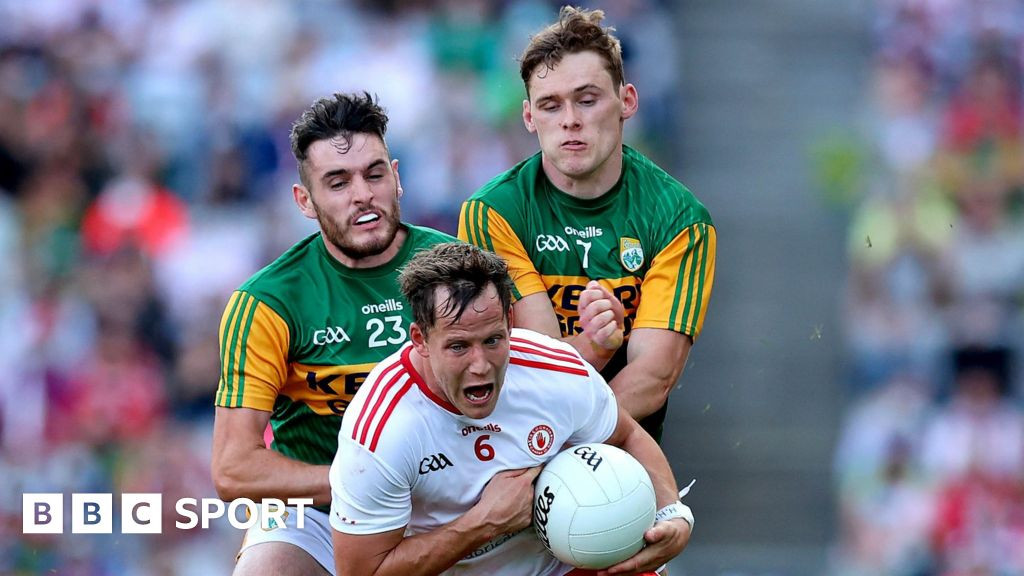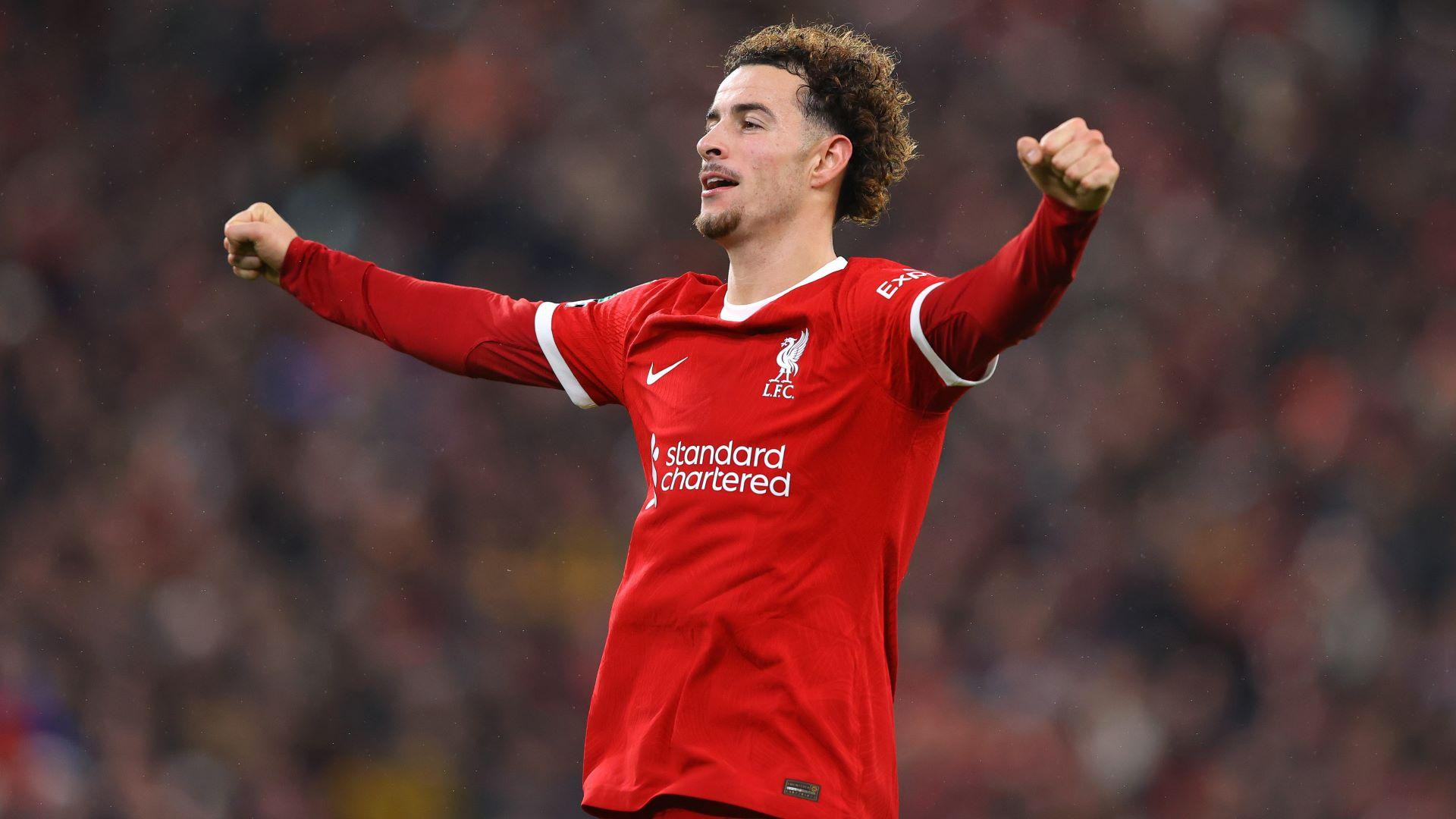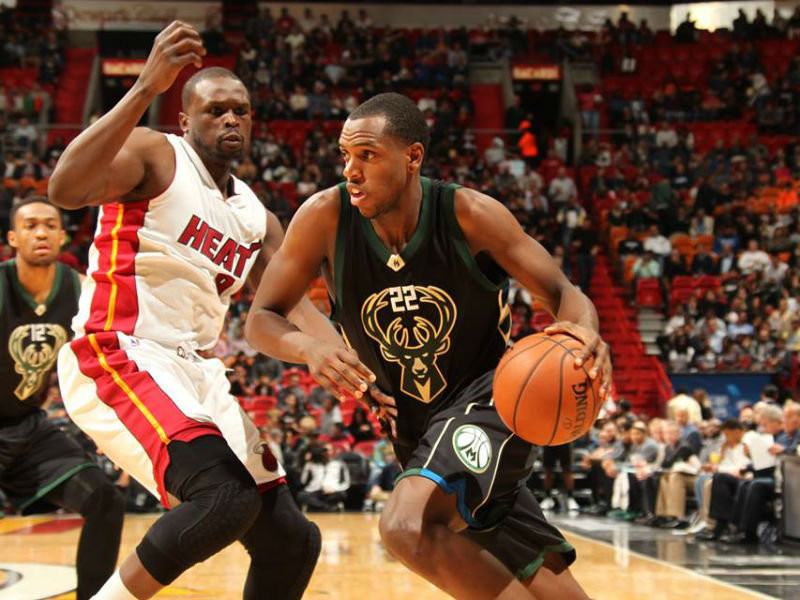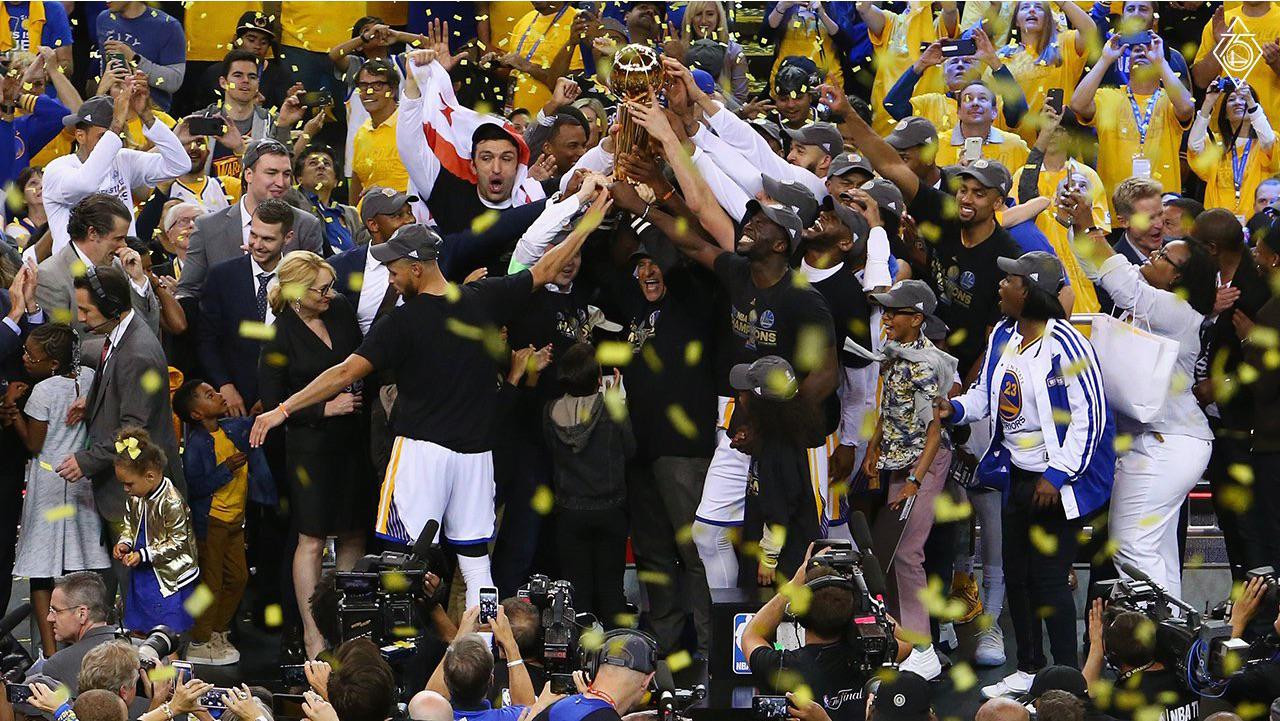Under the lights at Croke Park, fans and players across the country await the start of what could be the dawn of a new age of Gaelic football. A series of new rules will be tested at Croke Park this evening for interprovincial Gaelic football clashes. The Football Review Committee's (FRC) proposed rule changes will be tried out in the resurrected Railway Cup, with two ties taking place on TG4 on Friday night. Leinster took on Connacht in the first GAA inter-provincial championship semi-final of this year’s competition, with Munster v Ulster set to get underway at 8pm. The GAA and TG4 are pulling out all the stops ahead of tonight’s experimental rules trial games at Croke Park. For the first time ever at GAA HQ, referees will be ‘miked’ up live so TV viewers can hear them explaining their decisions. The resurrected interprovincials will not only showcase Jim Gavin's new Football Review Committee's rules at Croke Park, but there also will be a major first for the GAA and TG4.
The New Rules: A Closer Look
The proposed rule changes include a ‘solo and go’ where fouled players can take a solo and play on, and all kickouts having to go beyond a new 40 metre arc. Scores from outside that arc will be worth two points with a goal now worth four points, under the proposed changes, which will go before a Special Congress on November 30. Both teams will be required to keep three players inside the opposition 65 metre line at all times and the throw ups will be one versus one. A 50 metre penalty for stopping a free being taken quickly will also come into play, while players will now be allowed an advantage from an advanced mark, encouraging them to play on. Restrictions on passing the ball to goalkeepers will also be tried out.
Kickouts
The new rules mandate that all kickouts must go beyond a 40-meter arc, which could lead to more long-range scoring opportunities and potentially change the flow of the game. The rules also specify that a 50-meter penalty will be awarded if players are not 13 meters from the ball during a kickout, which could lead to more tactical fouls and a focus on positioning during the kickout.
Solo and Go
The ‘solo and go’ rule, which allows a player who has been fouled to take a solo and play on immediately, could lead to more individual brilliance and creative attacking plays. If a player takes a solo and go beyond 4 meters from where the foul occurred, the referee will cancel the solo and go and the player will have to take the free kick from the position of the foul.
Goalkeeper Receiving a Pass
The new rules limit the goalkeeper's ability to receive a pass from a teammate. The goalkeeper can only receive a pass from a teammate if they are inside the large rectangle and either catch/intercept an opposition attempted shot, kick, or fist pass before passing it to the goalkeeper. These changes could lead to more pressure on goalkeepers and potentially force them to be more involved in the attacking play. The goalkeeper, however, can position himself anywhere on the field, including for opposition kickouts. This could lead to more tactical positioning by goalkeepers and potentially more attacking forays by goalkeepers.
3/3 Structure Rule
The new rules also require teams to keep three outfield players in each half of the pitch, which could lead to more balanced play and potentially reduce the effectiveness of counter-attacks. This rule will also affect the positioning of the goalkeeper, who will have to be mindful of the three outfield players required in each half.
Scoring
The new scoring system is designed to encourage more attacking play. Goals will be worth four points, while scores from outside the 40-meter arc will be worth two points. This could lead to more high-scoring games and potentially change the way teams approach matches.
First Reactions: Players and Pundits Weigh In
While the new rules are still being tested, the first reactions from players and pundits have been mixed. Aidan O'Shea, a key figure in Connacht's victory, believes the changes are needed to keep the game entertaining and engaging for fans.
"The start pulled us out of sight early doors… the new system with the two pointers and the goals stretches the game very early…," said O'Shea. “We have to be careful we don't change too much… that seemed to run away from Leinster very quickly.” O'Shea's comments highlight one of the biggest concerns with the new rules - the potential for one team to dominate early on and then sit back and concede one-pointers to run out the clock.
However, other players and pundits have expressed concerns about the impact of the new rules. Dessie Dolan, a former Gaelic football star, feels the new rules could lead to a more chaotic and less strategic game. "You are getting 11 counties together very quickly… we didn't have the cohesion… you still have to defend in numbers," said Dolan. Dolan's comments suggest that the new rules could lead to a more fragmented game, where teams struggle to develop cohesive strategies and rely more on individual brilliance.
Will the New Rules Be Implemented?
The new rules are still in the experimental phase and will be further evaluated after this weekend's interprovincial games. The FRC will then make a recommendation to the GAA's Special Congress on November 30th. If the trial goes well, then the new rules could be integrated as soon as the Allianz Leagues next year.
The GAA has a long history of tradition and resistance to change. It remains to be seen whether the new rules will gain widespread acceptance and ultimately be implemented. If they are, they will undoubtedly have a significant impact on the future of Gaelic football, potentially changing the game in ways that could be both exciting and challenging.
What's Next?
The interprovincial final will take place at Croke Park on Saturday evening, with Connacht facing the winner of Ulster v Munster. The outcome of the game may provide further insights into the effectiveness of the new rules. Keep an eye out for updates and analysis from our expert team as the GAA continues to experiment with the future of Gaelic football.
Game on: A New Era of Gaelic Football?
The GAA is taking a bold step with these new rules. The question is - will they be a success? Only time will tell. Fans and players are eager to see how the new rules play out and whether they truly change the face of Gaelic football. One thing is certain - the future of Gaelic football is in play, and the stakes are high.




